|
This tulip image was created at Lisse, Holland with the hand held Canon EF 70-200mm f/2.8L IS II USM zoom lens and the Canon EOS-5D Mark III. ISO 50. Evaluative metering +1/3 stop: 4/10 sec. at f/29 in Manual mode. Central sensor AI Servo/Rear Focus on the tulips 1/3 of the way up in the frame and re-compose. Click here if you missed the Rear Focus Tutorial. Click on the image to see a larger version. |
Tulip Field Painting
Relying on the local knowledge and great interpersonal skills of Peter Kes we gained access to pretty much the only tulip fields in bloom on the first afternoon of the Holland Creative Instructional Photography Tour. Then Denise and I instructed the group on the art of painting with light, creating pleasing blurs using the tulips as our oils.
Denise’s fabulous tip to pan along the diagonal rows helped even me.
|
This tulip image was created at Lisse, Holland with the hand held Canon EF 70-200mm f/2.8L IS II USM zoom lens and the Canon EOS-5D Mark III. ISO 50. Evaluative metering +1/3 stop: 4/10 sec. at f/25 in Manual mode. Central sensor AI Servo/Rear Focus on the tulips 1/3 of the way up in the frame and re-compose. Click here if you missed the Rear Focus Tutorial. Click on the image to see a larger version. |
For the image above I panned vertically. Note especially the ISO and the shutter speed. Learn everything that you need to about create pleasing blurs in “A Guide to Pleasing Blurs” by Denise Ippolito and Arthur Morris.
At lunch we ran into some friends on another photo-tour and naturally–big show-off that I am–began sharing some images on my laptop. After a series of oohs and ahs one woman asked, “I can I learn to do that?” I said partly tongue in cheek, “Come on a Creative Instructional Photography Tour with Denise and me. Barring that, get your self a copy of A Guide to Pleasing Blurs. Then of course I gave her a few quick tips for creating pleasing blurs: ISO 50, a slow, slow shutter speed, and the experiment by moving the lens.
Monet?
|
This tulip image was created at Lisse, Holland with the hand held Canon EF 70-200mm f/2.8L IS II USM zoom lens and the Canon EOS-5D Mark III. ISO 50. Evaluative metering +1/3 stop: 1/2 sec. at f/25 in Manual mode. Central sensor AI Servo/Rear Focus on the tulips 1/3 of the way up in the frame and re-compose. Click here if you missed the Rear Focus Tutorial. Click on the image to see a larger version. |
The image above is a vertical pan blur with a bit of a jiggle added. Yet another technique that Denise taught me. I usually work hard to eliminate the human hand in my images but this one simply looked better with the line of buildings included.
|
This image was created with the tripod-mounted Canon EF 600mm f/4L IS II USM lens, the Canon 2x EF Extender III (Teleconverter), and the Canon EOS 5D Mark III Digital camera body. ISO 400. Evaluative metering -2/3 stop: 1/2 sec. at f/64 in Manual mode. |
As we approached the red field of tulips with the field of yellow daffodils behind it I struggled briefly with the strong back-lighting. Then I added the 2X III TC to my 600II/5D III rig, focused manually, set the exposure, and framed what would be a very pleasing image. The moment I saw the dark and moody image on the back of the camera I thought “Rembrandt.” The processing helped as I darkened all the neutral and dark tones in the two dark strips. This image is wind-blurred.
|
This image was created once we made our way to the sun-angle side of the field with the tripod-mounted Canon EF 600mm f/4L IS II USM lens, the Canon 1.4x EF tele-extender III, and the Canon EOS 5D Mark III Digital camera body. ISO 100. Evaluative metering +1/3 stop: 1/4 sec. at f/45 in Manual mode. |
This blur here was a result of both the blowing flowers and my jiggling the camera during the exposure. Maybe a bit of Seurat?
|
This image was created from the same spot as the previous image also with the tripod-mounted Canon EF 600mm f/4L IS II USM lens, the Canon 1.4x EF tele-extender III, and the Canon EOS 5D Mark III Digital camera body. ISO 100. Evaluative metering +1/3 stop: 1/4 sec. at f/45 in Manual mode. |
To create this image I carefully leveled the tripod head, carefully framed the image, leveled the camera, and panned horizontally to create the strips of glorious color.
Your Favorite?
Please take a moment to let us know which is your favorite image and why you like it.
|
All images courtesy of and copyright 2012: Denise Ippolito. Click for a larger version. |
A Creative Adventure/BIRDS AS ART Swan Island Dahlia Farm Instructional Photo-Tour, September 11-15, 2013: 5 FULL DAYS: $1649
Join Denise Ippolito and Arthur Morris at the Swan Island Dahlia Farm in Canby, Oregon (just south of Portland) for a great learning and photography experience. Swan Island features more than 40 acres with over 350 varieties of dahlias in a plethora of colors, shapes and sizes, making it one of the largest growers in the United States.
Daily Photo Schedule
We will enjoy four morning (7:00am till 10:30am) and five afternoon (3:30pm till 6pm) photography sessions. While we will do most of our photography at the Swan Island Dahlia Farm, we will also visit the Portland Rose Garden and/or the Portland Japanese Garden on this IPT. The in-the-field instruction will include seeing the situation, the use of selective focus, creative use of depth of field, histogram and exposure guidance, designing creative images, choosing your background, isolating your subject, lens options, and the use of reflectors and diffusers. Our field sessions will include challenging photography assignments geared to make you think creatively. Both personalized and small group instruction will be provided. All times are tentative and subject to change based on the weather and on local conditions.
Seminar Morning: Friday, September 13: 8:30am till 12:30pm
Denise will begin by presenting her “Bloomin’ Ideas” program, an overview of the in-the-field and post-processing techniques that she has used and developed over the past few years to create her signature look. Artie will follow with a Photoshop session that will be geared towards all levels. He’ll be sharing some of his favorite techniques and tips while working on images from the first two days of the IPT. Denise will conclude the seminar portion of the IPT with a Photoshop demo; she will share her creative workflow using a variety of Photoshop filters and effects. The entire morning is designed to give you a peek into the minds of two very skilled and creative folks.
The group will have lunch together daily. All are invited to bring their laptops for image sharing. We hope that you can join us for an intense five days of learning and some of the best flower photography to be had in North America.
Deposit Info and Cancellation Policies:
A $449 non-refundable deposit is required to hold your slot for this IPT. Your balance is due 4 months before the date of the IPT and is also non-refundable. If the trip fills, we will be glad to apply a credit applicable to a future IPT for the full amount less a $100 processing fee. If we do not receive your check for the balance on or before the due date we will try to fill your spot from the waiting list. If your spot is filled, you will lose your deposit. If not, you can secure your spot by paying your balance.
Please print, complete, and sign the form that is linked to here and shoot it to us along with your deposit check (made out to “Arthur Morris.”) You can also leave your deposit with a credit card by calling the office at 863-692-0906. We will be short-handed in the office until January 21 so please leave a message and we will call you back. If you register by phone, please print, complete and sign the form as noted above and either mail it to us or e-mail the scan.
If you have any questions, please feel free to contact me via e-mail
Like Flower Photography?
If you like photographing flowers, be sure to see the “Creative Flower Photography: blog post here.
|
Images courtesy of and copyright 2012: Bill Mueller. Card design by Denise Ippolito. |
Old Car City Creative Photography In-the-Field HDR Workshop: Sunday, October 13, 2013/ 9am till 1pm.
White, Georgia: $250 plus a $15 entrance fee donation (cash only on the day of the event) that will go to charity. Limit: 16 photographers.
On October 13, 2013, Arthur Morris/BIRDS AS ART and Denise Ippolito/A Creative Adventure will be conducting an In-the-Field HDR Workshop at Old Car City in White, Georgia. Old Car City is about an hour north of Atlanta, GA and an hour south of Chattanooga, TN where they will, as noted above, be doing a full day seminar for the Photographic Society of Chattanooga on Saturday, October 12th. Click here for complete details.
Typos
On all blog posts, feel free to e-mail or leave a comment regarding any typos, wrong words, misspellings, omissions, or grammatical errors. Just be right. 🙂
Support the BAA Blog. Support the BAA Bulletins: Shop B&H here!
We want and need to keep providing you with the latest free information, photography and Photoshop lessons, and all manner of related information. Show your appreciation by making your purchases immediately after clicking on any of our B&H or Amazon Affiliate links in this blog post. Remember, B&H ain’t just photography!




And from the BAA On-line Store:
LensCoats. I have a LensCoat on each of my big lenses to protect them from nicks and thus increase their re-sales value. All my big lens LensCoat stuff is in Hardwood Snow pattern.
LegCoat Tripod Leg Covers. I have four tripods active and each has a Hardwood Snow LegCoat on it to help prevent further damage to my tender shoulders 🙂 And you will love them in mega-cold weather....
Gitzo GT3532 LS CF Tripod. This one replaces the GT3530LS Tripod and will last you a lifetime. Learn more about this great tripod here.
Mongoose M3.6 Tripod Head. Right now this is the best tripod head around for use with lenses that weigh less than 9 pounds. For heavier lenses, check out the Wimberley V2 head.
Double Bubble Level. You will find one in my camera's hot shoe whenever I am not using flash.
The Lens Align Mark II. I use the Lens Align Mark II pretty much religiously to micro-adjust all of my gear an average of once a month and always before a major trip. Enjoy our free comprehensive tutorial here.
BreezeBrowser. I do not see how any digital photographer can exist without this program.
Delkin Flash Cards. I use and depend on Delkin compact Flash Cards and card readers most every day. Learn more about their great 700X and 1000X cards here or about my favorite Delkin card here.

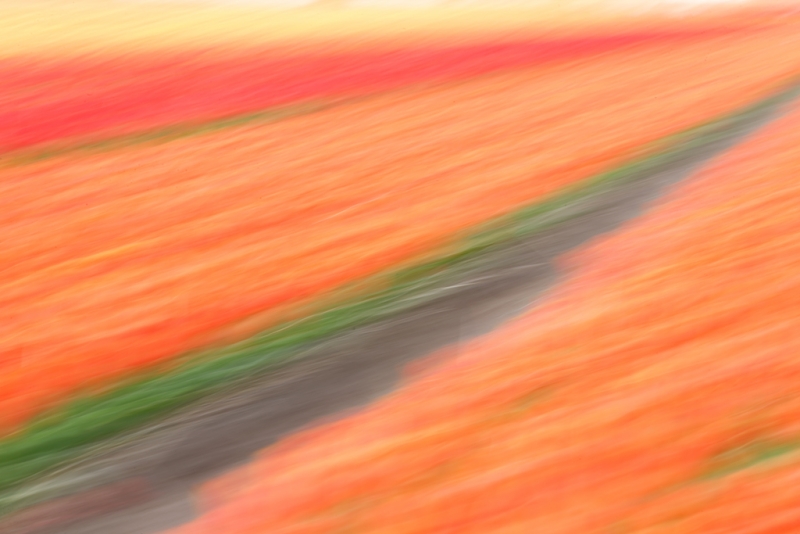
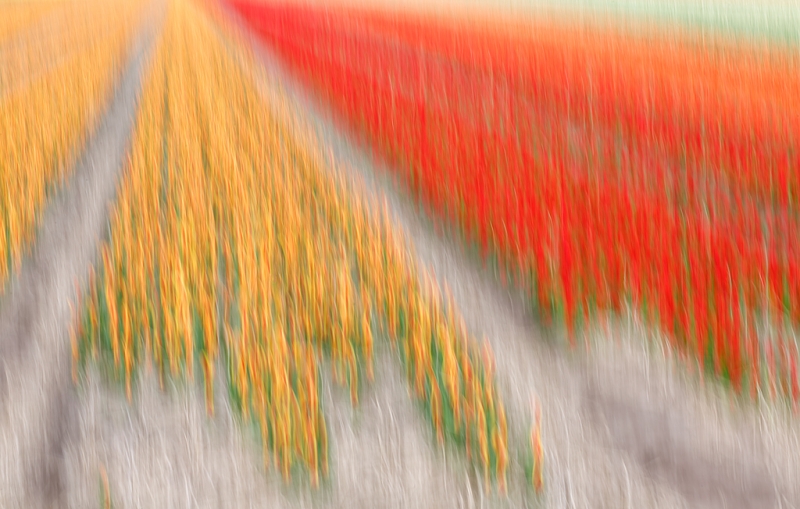
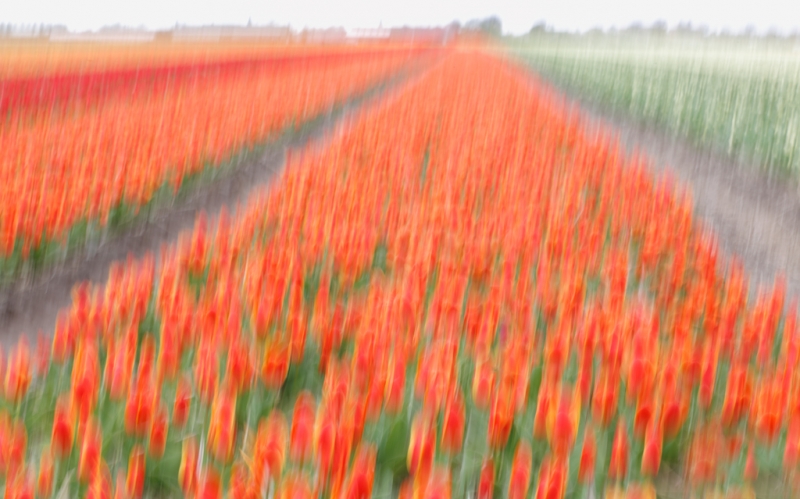
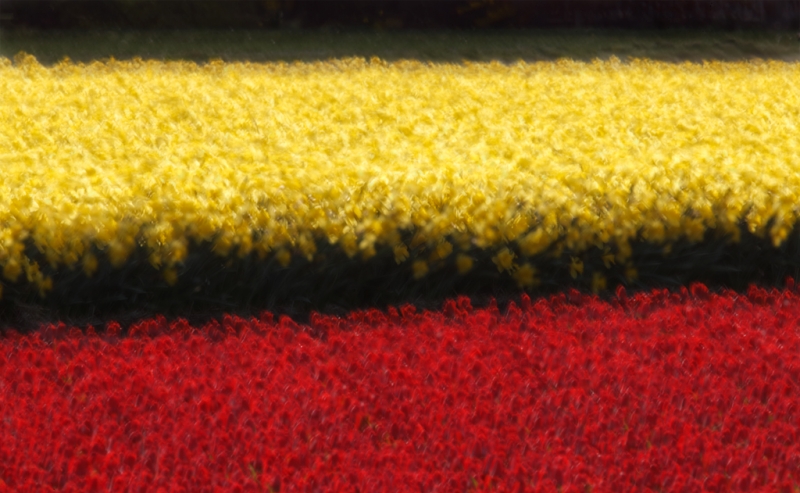
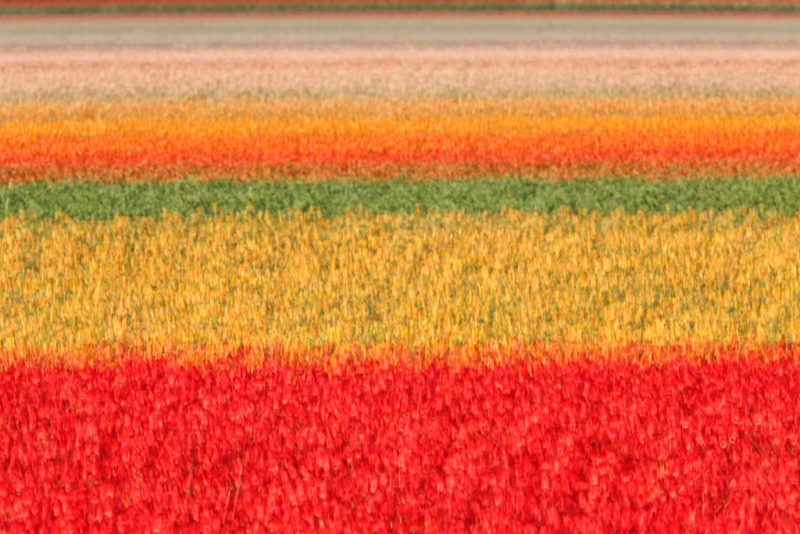
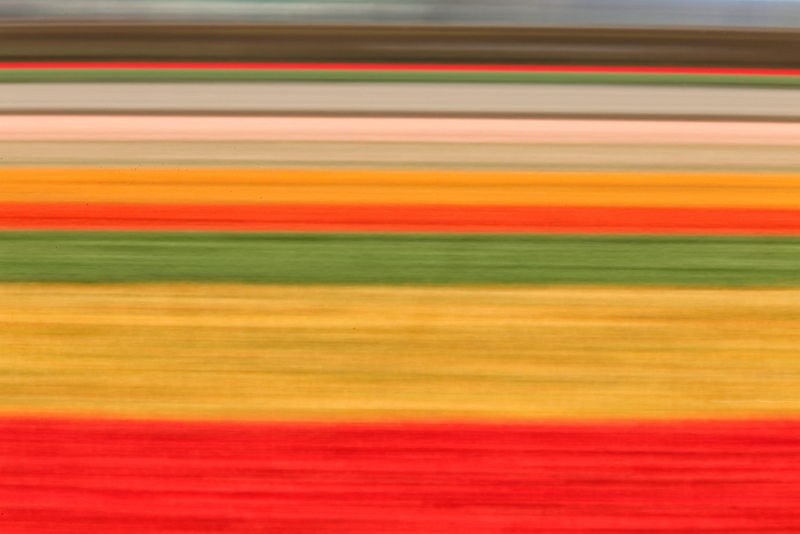
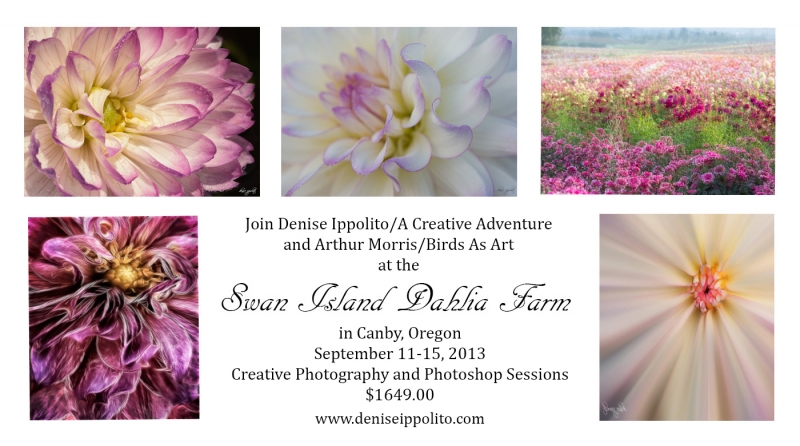
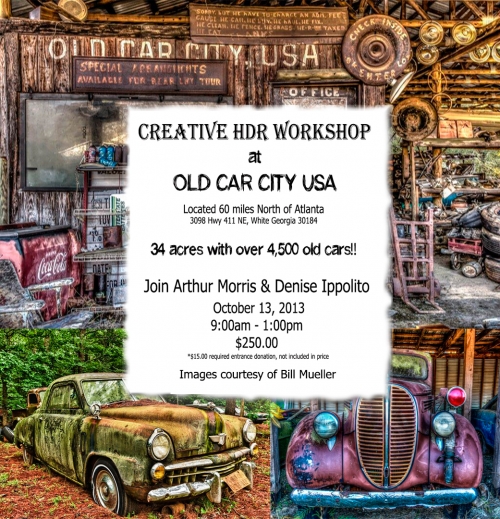













Fantastic images, Artie! Image #3 is my favourite of the bunch. With the others all very close. I’m still waiting on the zoom blurs 😉
I love them! Glad you made it there safe and sound. Lis
Hi Lissy 🙂 Hope that all is well on Long Island. Love you, Daddy-O.
I’ve indicated once or twice before that I’m not a big fan of the blur images. That said, these I really like. Especially the first and the last images. The technique seems to blend well with the subject giving the impression that you’re looking more at a painting than a photograph.
Really nice work (but not so sure that’s Seurat-like ;-))
How do you carry your 600 on the plane?
Dennis
That’s why I put a question mark. As far as air travel, see the post from two days ago: https://www.birdsasart-blog.com/baa/2013/04/14/locked-loaded-and-pushing-the-limits/
Arthur, these are fabulous blurs. Love the sixth one best!!!
I quess I look at photography in a different way, I don’t like any of them. I would think in focus pics would show the beauty of the tulips much better.
Bill
AHH! I am DizZy! MoNOT! I would love to see some of these captures before the processing or, camera-shake-art, it looks like it was amazing. Having never been to a place like this, is there actually an overwhelming scent from all the flowers?
The tulips have no odor but the scent is strongest in the conservatories because there are other types of flowers. Processing was minimal with most of the images. I may share one or two at some point.
Honestly, I think all of them are fantastic. I know
once I saw Denise’s work the first time and with what
you’re doing now, I’m itching to try some on my own.
Could you even imagine trying to pull something like this
off with film 🙂
Doug